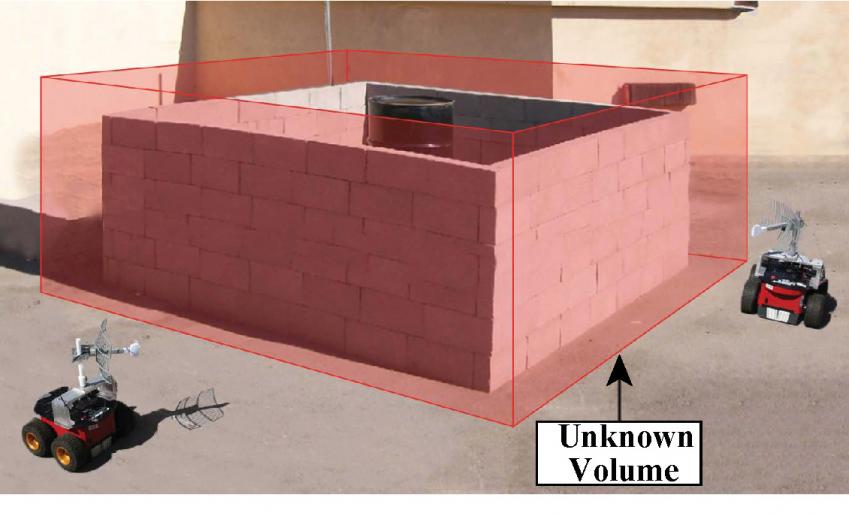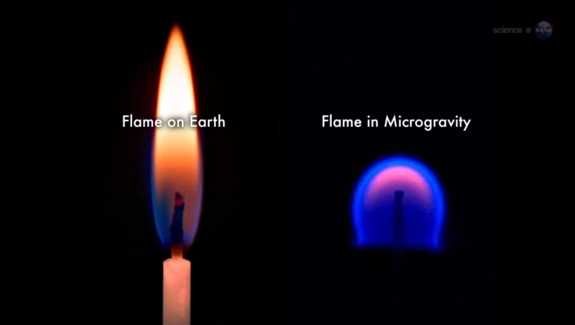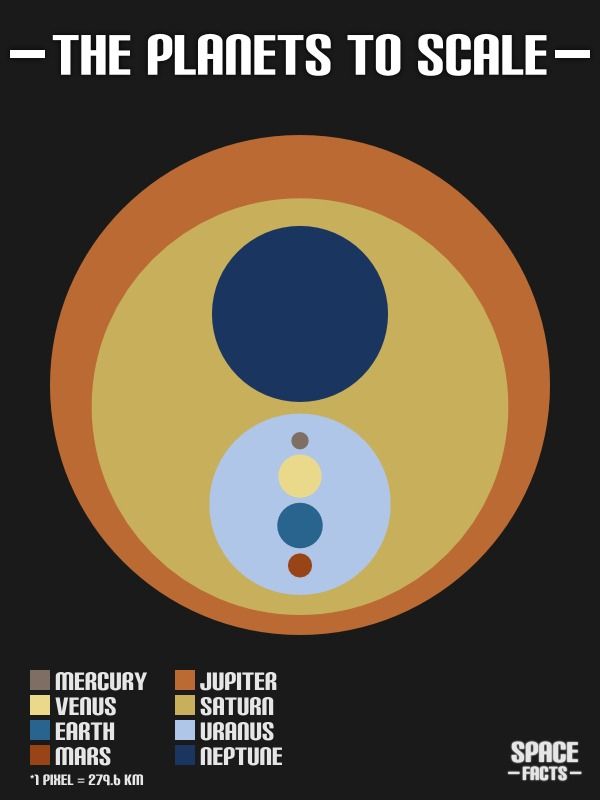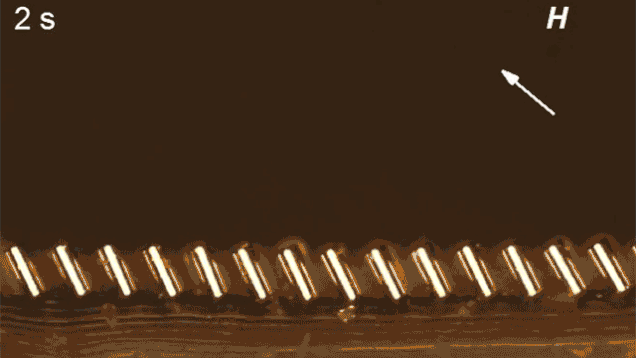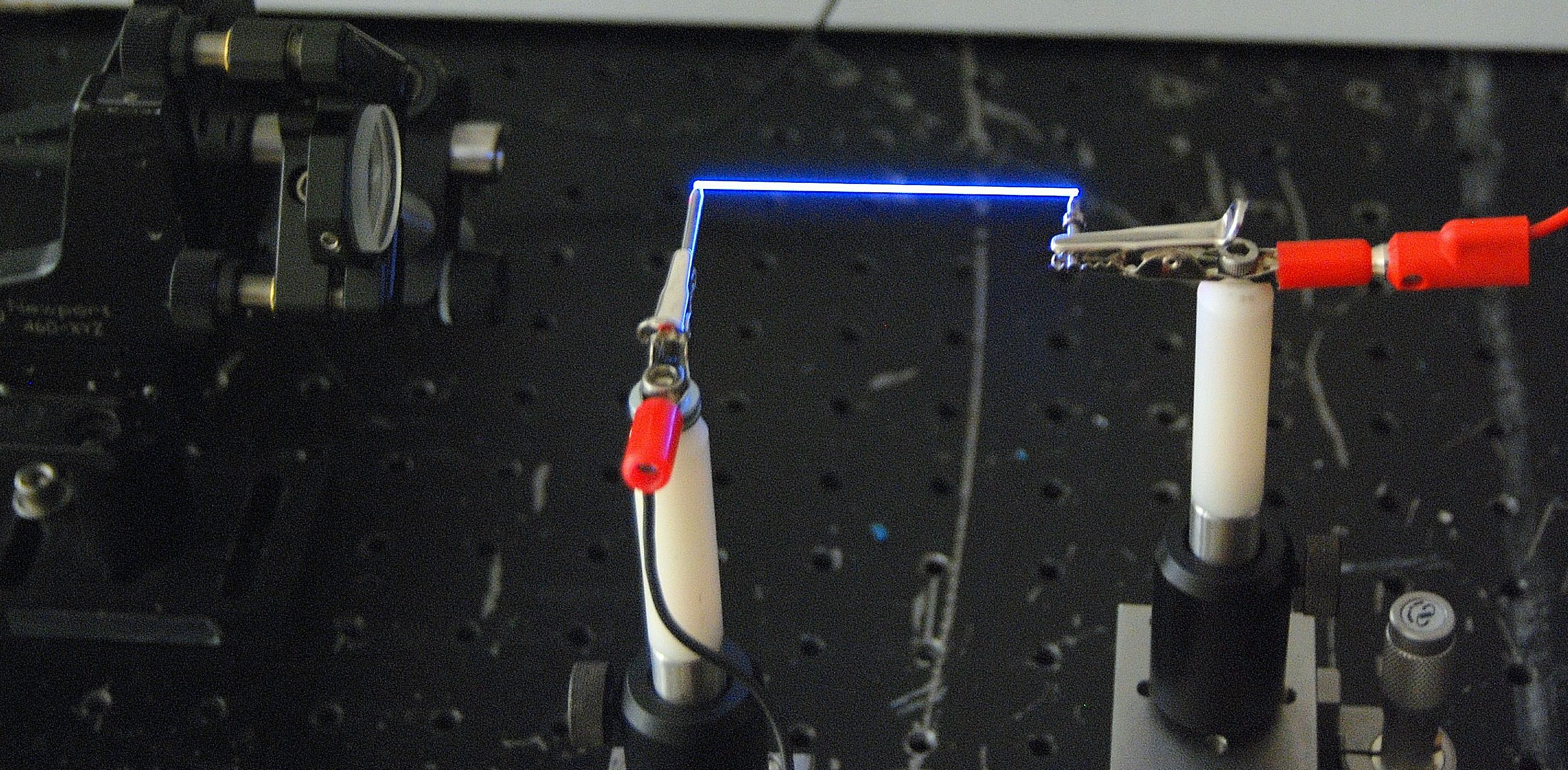Page 12039
Sep 21, 2015
World’s strongest material acts like a tiny transistor
Posted by Shailesh Prasad in categories: electronics, materials
It’s just one atom thick, but carbyne has twice the strength of its two-dimensional cousin, graphene, and three times the stiffness of a diamond. And researchers have just discovered that it can act like a transistor for new tinier electronics.
Sep 21, 2015
Researchers enable robots to see through solid walls with Wi-Fi (w/ Video)
Posted by Shailesh Prasad in categories: internet, materials, mobile phones, robotics/AI
(Phys.org) —Wi-Fi makes all kinds of things possible. We can send and receive messages, make phone calls, browse the Internet, even play games with people who are miles away, all without the cords and wires to tie us down. At UC Santa Barbara, researchers are now using this versatile, everyday signal to do something different and powerful: looking through solid walls and seeing every square inch of what’s on the other side. Built into robots, the technology has far-reaching possibilities.
“This is an exciting time to be doing this kind of research,” said Yasamin Mostofi, professor of electrical and computer engineering at UCSB. For the past few years, she and her team have been busy realizing this X-ray vision, enabling robots to see objects and humans behind thick walls through the use of radio frequency signals. The patented technology allows users to see the space on the other side and identify not only the presence of occluded objects, but also their position and geometry, without any prior knowledge of the area. Additionally, it has the potential to classify the material type of each occluded object such as human, metal or wood.
The combination of imaging technology and automated mobility can make these robots useful in situations where human access is difficult or risky, and the ability to determine what is in a given occluded area is important, such as search and rescue operations for natural or man-made disasters.
Sep 21, 2015
‘Cool-Burning’ Space Flames Could Make Greener Cars
Posted by Shailesh Prasad in categories: energy, space, transportation
Astronauts typically try to avoid starting fires in space, but new research on the behavior of flames in orbit could have benefits closer to home. In fact, this fiery research could lead to more-efficient car engines that contribute less pollution to the environment, according to a new study.
A series of experiments aboard the orbiting complex is investigating “cool-burning” flames in space — a type of fire that burns at lower temperatures than ordinary flames on Earth. Blazes on this planet typically burn at between 2,240 degrees and 3,140 degrees Fahrenheit (1,225 degrees and 1,725 degrees Celsius). Cooler flames produced in microgravity burn at temperatures of between 440 degrees and 980 degrees Fahrenheit (227 degrees and 527 degrees Celsius).
In the space station experiments, researchers ignited droplets of heptane fuel. These types of fires are possible on Earth, but they are typically short-lived, flickering out almost immediately, the researchers said. In microgravity, though, the flames burned for several minutes. [7 Everyday Things that Happen Strangely In Space].
A graphic showing all 8 planets in our solar system, Mercury through to Neptune, to scale where one pixel = 279.6 km. Scales were worked out with this very useful solar system scale calculator. Find out more about the planets on the Planet Facts page.
Feel free to embed the graphic on your site using this code:
Sep 21, 2015
MIT Invented Magnetic Hairs That Can Make Water Flow Uphill
Posted by Shailesh Prasad in categories: innovation, materials
Inspired by the coats of fur on some animals, researchers at MIT have developed a flexible skin-like material covered in thousands of tiny magnetic hairs that can move in varying directions in the presence of a magnetic field. That might not seem particularly useful, until MIT points out that the new material can be used to control how liquids move across its surface, even causing water to flow against the pull of gravity.
It’s a neat trick, for sure, but there are other more useful applications of this new material. The tiny magnetic micro-pillars that make up the hair can be manufactured from a fiber optic-like material allowing them to change the direction of light passing through, facilitating self-darkening windows, or revolutionary new optics for cameras. The material can also be used to create advanced artificial skins, smart waterproofing, and even a precise way to manipulate individual cells. And let’s not forget a potential radical breakthrough in self-combing toupees and wigs. [MIT].
Sep 21, 2015
Unexpected stem cell factories found inside teeth
Posted by Shailesh Prasad in category: biotech/medical
Sep 21, 2015
Pentagon’s Project ‘Avatar’: Same as the Movie, but With Robots Instead of Aliens
Posted by Shailesh Prasad in categories: military, robotics/AI
Soldiers practically inhabiting the mechanical bodies of androids, who will take the humans’ place on the battlefield. Or sophisticated tech that spots a powerful laser ray, then stops it from obliterating its target.
If you’ve got Danger Room’s taste in movies, you’ve probably seen both ideas on the big screen. Now Darpa, the Pentagon’s far-out research arm, wants to bring ’em into the real world.
In the agency’s $2.8 billion budget for 2013, unveiled on Monday, they’ve allotted $7 million for a project titled “Avatar.” The project’s ultimate goal, not surprisingly, sounds a lot like the plot of the same-named (but much more expensive) flick.
Sep 21, 2015
Beautiful Images of Astronauts Releasing Nanosatellites Into Space
Posted by Shailesh Prasad in category: space
This is Oleg Artemyev. In his hand is a tiny satellite, known as a nanosatellite, called Chasqui 1—and he’s about to throw it into the wilds of space.
Well, throw might not be quite the right word—Artemyev would favor “deploy”—but it’s not far off. Alexander Skvortsov and Oleg Artemyev conducted a 5-hour spacewalk on Monday, and part of that involved letting the satellite drift slowly into orbit, as well removing and installing some new scientific equipment.
You can see pictures of Artemyev releasing the satellite below—and choose your own word for the process. [Oleg Artemyev via NASA via Gizmodo ES].
Sep 21, 2015
Laser ‘Lightning rods’ channel electricity through thin air
Posted by Shailesh Prasad in category: energy
By zapping the air with a pair of powerful laser bursts, researchers at the University of Arizona have created highly focused pathways that can channel electricity through the atmosphere.
The new technique can potentially direct an electrical discharge up to 10 meters (33 feet) away or more, shattering previous distance records for transmitting electricity through air. It also raises the intriguing possibility of one day channeling lightning with laser power.
Described in a paper published in The Optical Society’s new open-access journal Optica, the current system may have near-term, lifesaving applications in areas such as the remote detonation of land mines, the researchers speculate. The laser system could easily pinpoint an active land mine and then carry an electric pulse strong enough to safely discharge harmful explosives from afar.

